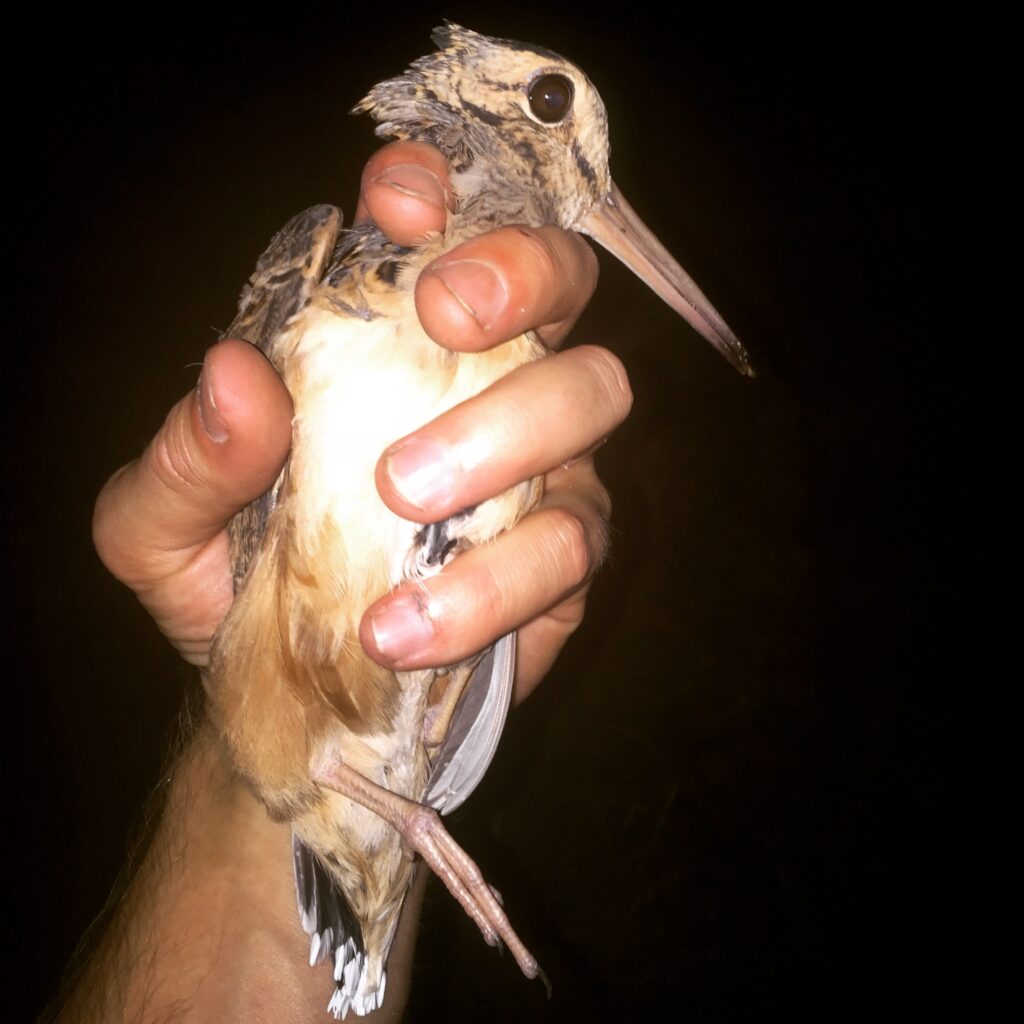Often, managers assume co-occurring species will respond similarly to landscape management. If true, this would be convenient as managers could efficiently target multiple species with a single management approach. However, if species respond to their landscape in different ways or at different scales, then managers may unintentionally create population sinks or ecological traps which could hinder the realization of conservation goals. I used demographic data collected by Sean Peterson (UC-Berkeley) and Kyle Daly (USFWS) on golden-winged warblers and American woodcock to test whether these two frequently co-occurring species respond similarly to landscape features at relevant management scales. I found that golden-winged warbler and American woodcock productivity were negatively correlated at all scales relevant to management. These results highlight the importance of considering demographic data when assessing the responses of multiple species to management as co-occurring species may exhibit opposing relationships with the same landscape and require different management solutions.
RELEVANT PUBLICATIONS
Kramer, G.R., S.M. Peterson, K.O. Daly, H.M. Streby, and D.E. Andersen. 2019. Left out in the rain: Comparing productivity of two associated species exposes a leak in the umbrella species concept. Biological Conservation 233:276-288 https://doi.org/10.1016/j.biocon.2019.02.039



